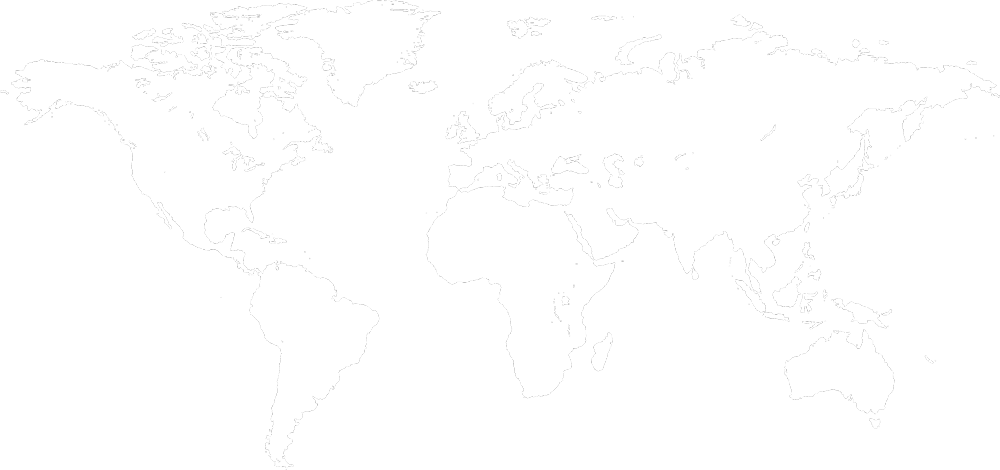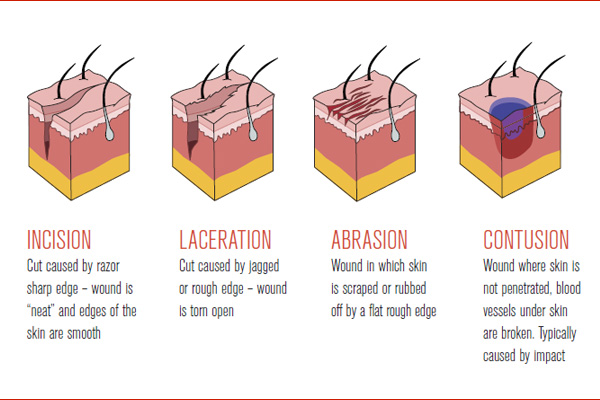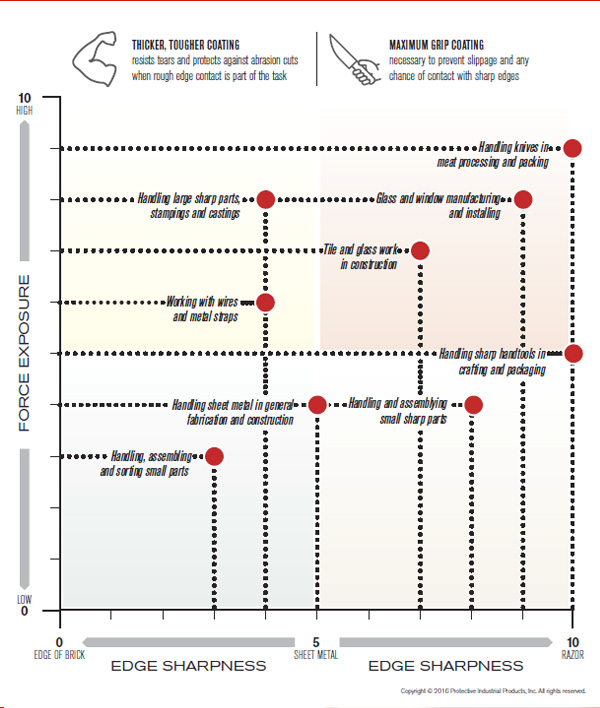
-
 General Purpose Gloves - CoatedMaxiFlex® Ultimate™34-874
General Purpose Gloves - CoatedMaxiFlex® Ultimate™34-874
-
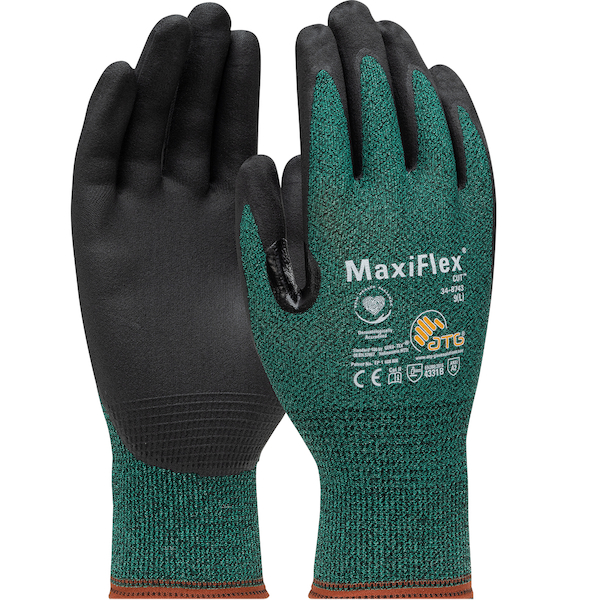 Cut Resistant GlovesMaxiFlex® Cut™34-8743
Cut Resistant GlovesMaxiFlex® Cut™34-8743
-
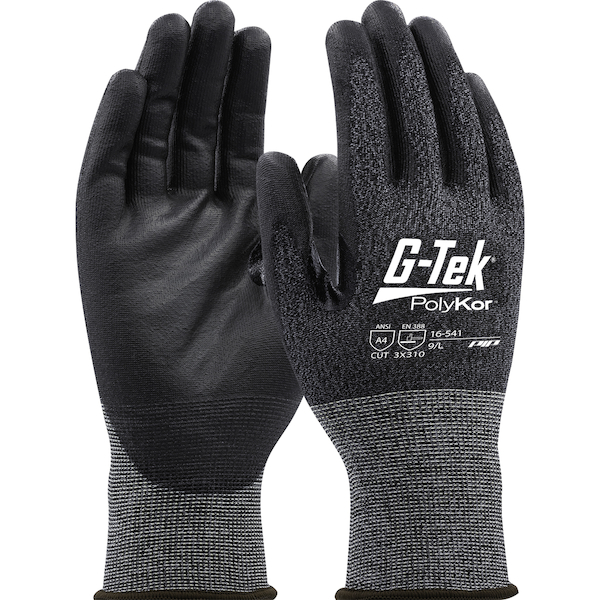 Cut Resistant GlovesG-Tek® PolyKor®16-541
Cut Resistant GlovesG-Tek® PolyKor®16-541
-
 Cut Resistant GlovesG-Tek® PolyKor®16-560
Cut Resistant GlovesG-Tek® PolyKor®16-560
-
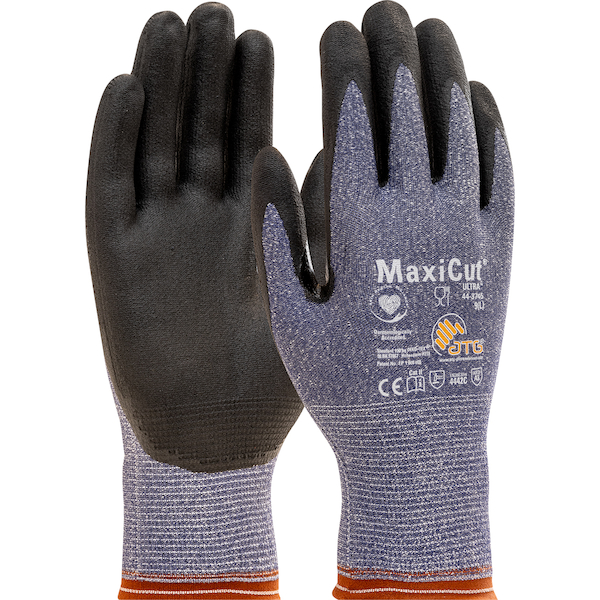 Cut Resistant GlovesMaxiCut® Ultra™44-3745
Cut Resistant GlovesMaxiCut® Ultra™44-3745
-
 Cut Resistant GlovesG-Tek® PolyKor®16-351
Cut Resistant GlovesG-Tek® PolyKor®16-351
-
 Extended Use Disposable GlovesGrippaz™ Skins67-246
Extended Use Disposable GlovesGrippaz™ Skins67-246
-
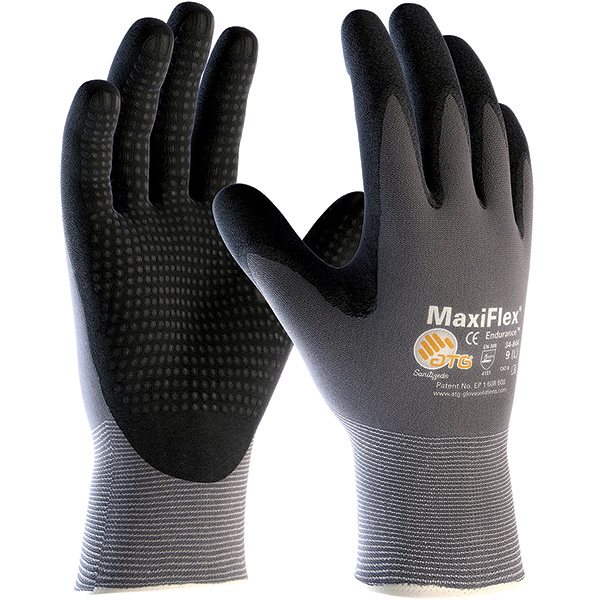 General Purpose Gloves - CoatedMaxiFlex® Endurance™34-844
General Purpose Gloves - CoatedMaxiFlex® Endurance™34-844
-
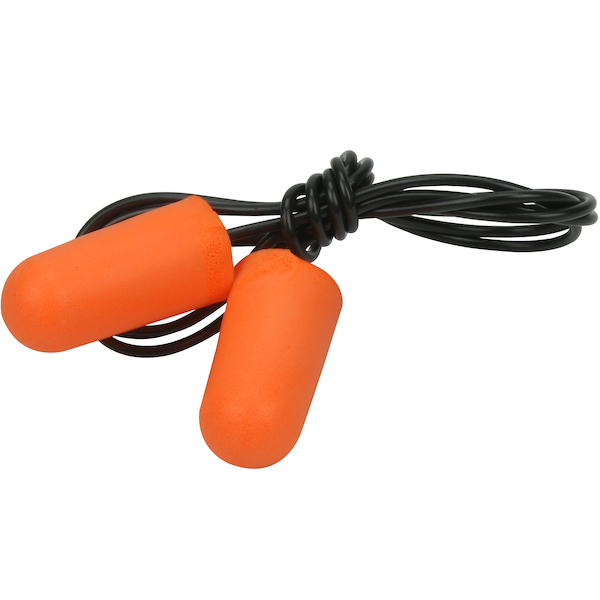 Ear PlugsMega Bullet™267-HPF210C
Ear PlugsMega Bullet™267-HPF210C
-
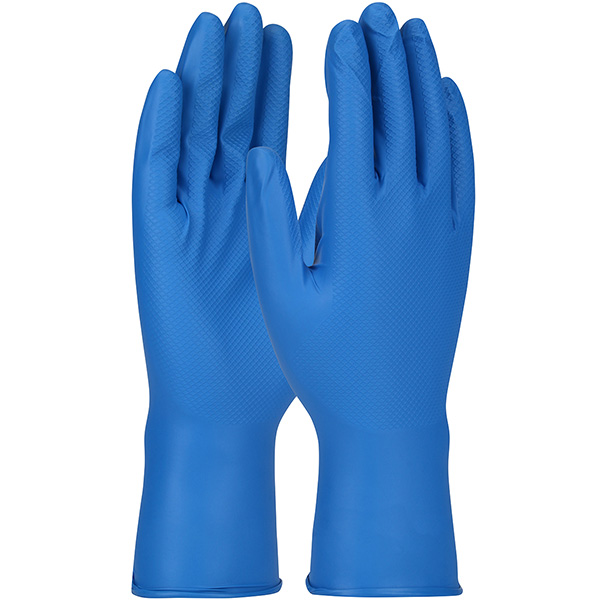 Extended Use Disposable GlovesGrippaz™ Food Plus67-308
Extended Use Disposable GlovesGrippaz™ Food Plus67-308
-
 General Purpose Gloves - CoatedG-Tek® VR-X™33-VRX180
General Purpose Gloves - CoatedG-Tek® VR-X™33-VRX180
-
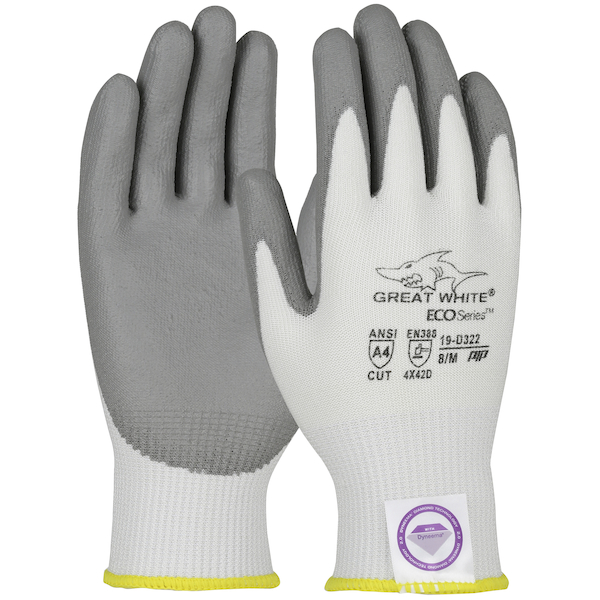 Cut Resistant GlovesGreat White® ECO Series™19-D322
Cut Resistant GlovesGreat White® ECO Series™19-D322
